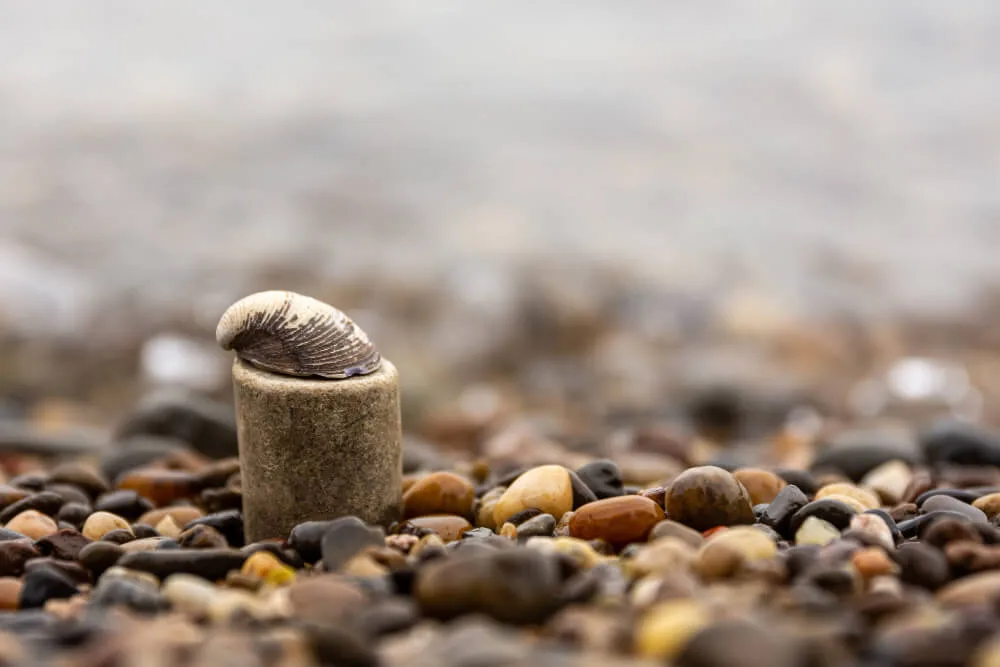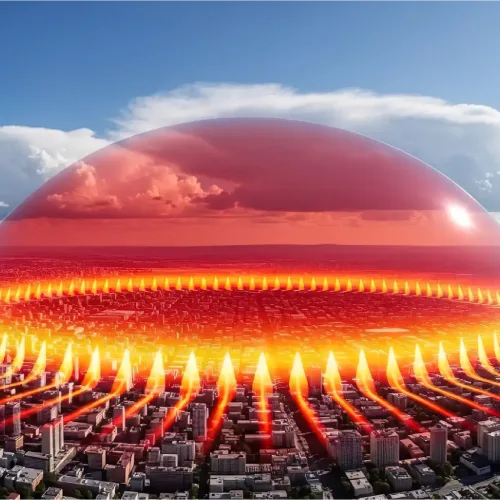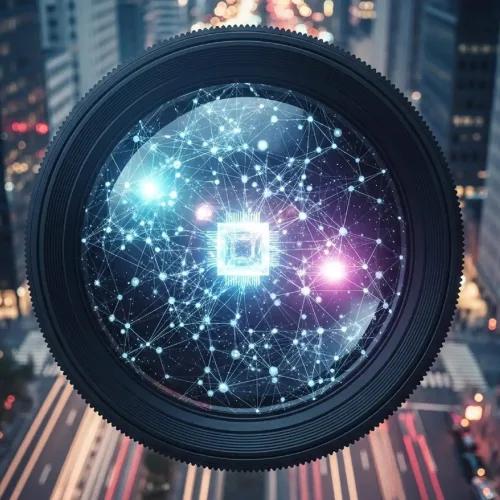Ocean acidification rates have increased by 30% since the previous few years. This shows how human activities are interfering with the ecosystems of Earth. The ocean absorbs approximately 30 percent of carbon dioxide from burning fossil fuels and deforestation activities, making it a major reservoir. This conversion of CO2 into seawater makes it acidic. This process harms marine life, including coral reefs and shellfish. It, therefore, disrupts food chains that sustain fisheries. This affects coastal livelihoods.
From the Pacific Northwest to the Gulf of Mexico, communities are already facing rising prices of seafood and health hazards due to toxic algae blooms. Some solutions do exist. The United Nations fund the OARS Initiative. It is putting science and policy together. These are effective programs that address this matter. Ocean conservation means to save the life-support system of food and jobs for generations.
Understanding Ocean Acidification

Ocean acidification, which is on the increase: is causing various changes in the ocean. These changes are harmful to ecosystems and marine life. So, let us now understand the science behind this global problem.
The Science of More CO2 Being Absorbed
When carbon dioxide mixes with seawater, it starts a chain reaction. Observe the following changes:

- CO2 dissolves in water from fossil fuels, forming carbonic acid, H2CO3.
- This acid breaks down into the hydrogen ions (H+) and bicarbonate ions (HCO3-), ending the self-balanced chemical relationship.
- Human actions have therefore increased this process. The oceans now absorb around 30 percent of the emitted CO2, which thus changes their chemistry.
How Ocean pH Levels Are Changing
The oceans are going through a drastic change in their pH. The pH of seawater has dropped from 8.2 to 8.1. This small change in ocean pH results in a 30% increase in acidification. Such slight changes in pH can also affect the survival of marine organisms.
The Fast-Paced Change of Acidification
The data suggests that acidification takes place faster than people have thought.
- The pH fell by 0.1 in two centuries–a rate about ten times faster than the natural cycle.
- In the 18th century, pH was 8.2, and now it is 8.1, which is expected to further decrease by 2050.
- Coral reefs, one of the most important ecosystems, have been threatened with a collapse (i.e., their skeletons dissolve faster than their formation cycle) over the years.
Understanding these changes is the first step toward taking action. Each unit drop in pH doubles in acidity. This is an immediate crisis, but awareness makes it reversible.
The Harmful Effects on Ocean Life

The balance of marine life is disturbed by ocean acidification. In food webs, the insignificant pteropods get dissolved in acidified water for months. The effects of changed marine life affect everything from krill to whales. Corals already stressed from high temperatures are even more hindered by acidification. Low carbonate ions also affect reef development. Such reefs are home to 25% of marine species, yet every year coral bleaching is seen in various places.
Changes in acidity alter fish behavior, rendering them more difficult to find food or avoid predators. A study showed that clownfish larvae in acidic water could not escape from predators. All these evidence show the huge risks to aquatic life.
In parts of America, Pacific Northwest, shellfish fishery is not doing well as fewer and fewer oysters are being found. This development is threatening even to jobs, and food sources also get devastated. Ocean biodiversity loss is real, as seen in empty nets and habitats that have vanished.
Coral reefs of the Maldives and Kiribati-important sources of tourism and fishing-are dying. Without any assistance, reefs would be able to disappear by 2050 at least 70%. This loss is going to affect the seafood intake of over a billion different people.
Each shell that dissolves, or every reef that bleaches, is a symptom of trouble. But there’s always some dim hope, perhaps-for the health of the oceans. We need to act fast.
Ways to Fight Ocean Acidification
Global warming effects that harm oceans can be slowed through both individual choices and group actions. You should begin by making minor changes to your daily routines to create expanding effects. Here’s how to contribute:
Simple Steps to Lower Your Carbon Footprint
- Try to replace energy-consuming appliances with energy-efficient ones, and look into alternative power sources like solar and wind energy.
- To cut CO2 emissions, we should walk, ride bicycles, or use public transportation instead of cars.
- Support companies that prioritize low-carbon practices and sustainable supply chains.
Community Efforts to Protect the Ocean
Get involved in local initiatives like coastal cleanups or tree-planting drives. Communities may want stricter rules on industrial pollution and agricultural runoff. Programs like NOAA’s Ocean Acidification Program monitor the health of marine life with volunteers, ensuring that the data goes towards meaningful change.
Supporting Laws for Ocean Safety
The ocean science community encourages policymakers to strengthen agreements related to climate, such as the Paris Agreement. Elected officials are asked to fund research and enforce emissions limits. The UN Decade of Ocean Science (2021-2030) has established cooperation for implementing solutions at the global level.
Choosing Sustainable Seafood
Certifying seafood under programs such as the Marine Stewardship Council is crucial. Avoid products made from threatened species, and promote aquaculture methods that do less environmental harm. Restoration of mangroves and seagrass beds aids in the natural absorption of CO2 and buffering against acidification.
Whether in oyster farms of the Pacific Northwest or coral reefs globally, every effort counts to support the resilience of such systems. Together, we can protect our oceans by bringing into an individualistic way of thinking. The work of communities and policies is equally important. In this way, we can undermine the global warming impacts that are causing this crisis.
Efforts to Protect the Ocean
Worldwide communities, together with industries, transform their difficulties into emerging business possibilities. The combination of innovation and collaboration creates useful changes for better outcomes.
New Technologies to Help Ocean Chemistry
Tools such as ocean alkalinity enhancers, CO2-sequestering seaweed farms and real-time sensors that measure pH level are part of the scientists’ arsenal. These tools help in maintaining and mitigating the protection of the terrestrial coast. These systems empower coastal ecosystem to act promptly to respond to changes in the ocean.
How the Shellfish Industry is Adapting

Shellfish producers in the Pacific Northwest are at the forefront. They monitor the water chemistry and adjust the status for the welfare of juvenile oysters and clams. Acidification has been shown by research on NOAA to be harmful to crab shells. Such adaptive practices as controlled larval tanks are meanwhile protecting the harvest. These measures are both protecting the ecosystem and sustaining the coastal economy.
Protected Marine Areas Making a Difference
Protected areas are increasingly crucial. Important measures required in the process are:
- Greece’s Nationwide Ban on Bottom Trawling in Marine Protected Areas: A Gateway of Hope for Marine Mammals.
- RESEX Soure of Brazil is helping in the incrementing of the carbon stock through mangrove conservation.
- The Sydney seagrass restoration project has come along quite well. Currently, 3,000 transplanted branches are thriving. They are helping to restore kelp forests after 16 tons of sea urchins were removed.
These events show that human creativity can fight acidification. This is where solutions are being cultivated: hatcheries, marine protected areas.
The Future of Our Oceans Relies on What We Do Now
Rising CO2 emissions are making ocean pH levels very low. This is a big threat to marine life and coastal communities. If we don’t act fast, up to 90% of coral reefs could disappear in decades. The science is clear: the ocean cannot hold any more carbon. Then it will be the fastest drop in pH levels the Earth has ever seen. These have serious consequences. By the year 2100, the global shellfish harvest could lose up to $480 million a year. As it is, 25% of the Great Barrier Reef is suffering extensive bleaching.
Most significantly, however, solutions do exist. People around the world are showing us just how possible change can be. Acidifying new technologies and reef restoration projects are battling the ferocious tide. Clean energy policies and protection through marine reserves can slow pH drops. And all of us can play our part. Reduce plastic waste, choose more sustainable seafood, use renewable energy, and pressure for fewer emissions. Every one of our choices and votes will help shape the future of the oceans.
Our planet’s future relies on this crisis’s fix. Scientists say we must cut greenhouse gases and build resilience for the oceans. The time is short, but the injury can be averted with prompt action. Together, we can keep our oceans healthy and thriving. For future generations, not just for those alive today but for all forms of life on Earth. The instruments are there; it’s time to use them.




